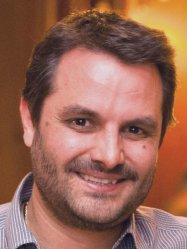BibTex format
@article{Barringer:2019:biohorizons/hzy013,
author = {Barringer, R},
doi = {biohorizons/hzy013},
journal = {Bioscience Horizons},
pages = {1--12},
title = {Illuminating the secrets of crystals: microcrystal electron diffraction in structural biology},
url = {http://dx.doi.org/10.1093/biohorizons/hzy013},
volume = {11},
year = {2019}
}

